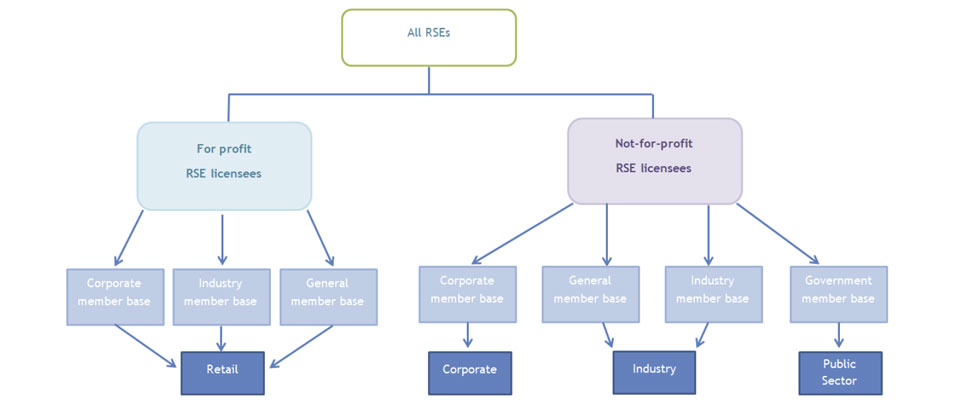The Australian Prudential Regulation Authority (APRA) today released its December 2014 Quarterly Superannuation Performance publication and December 2014 Quarterly MySuper Statistics report. At 31 December 2014, total assets, which include the assets of self-managed superannuation funds and the balance of life office statutory funds, rose to $1.93 trillion, an increase of 9.3 per cent from the December 2013 quarter.
Contributions to funds with more than four members over the December 2014 quarter were $26.1 billion, up 15.3 per cent from the December 2013 quarter ($22.7 billion). Total contributions for the year ending December 2014 were $100.6 billion.
There were $15.2 billion in total benefit payments in the December 2014 quarter, an increase of 9.4 per cent from the December 2013 quarter ($13.9 billion). Total benefit payments for the year ending December 2014 were $56.4 billion.
Net contribution flows (contributions plus net rollovers less benefit payments) totalled $10 billion in the December 2014 quarter, an increase of 14.9 per cent from the December 2013 quarter ($8.7 billion). Net contribution flows for the year ending December 2014 were $39.4 billion.
APRA has revised the method of segmentation it uses for these reports. The segments that APRA most commonly uses for superannuation are fund types. These fund types comprise corporate funds, industry funds, public sector funds, retail funds and small superannuation funds. These segments, based on RSE licensee profit status and the membership base of the funds. These segments, based on RSE licensee profit status and the membership base of the funds, are shown below.
 Corporate funds are RSEs with more than four members under the trusteeship of a ‘not for profit’ RSE licensee and with a corporate membership basis.
Corporate funds are RSEs with more than four members under the trusteeship of a ‘not for profit’ RSE licensee and with a corporate membership basis.
Industry funds are RSEs with more than four members under the trusteeship of a ‘not for profit’ RSE licensee and with either an industry or general membership base.
Public sector funds are RSEs with more than four members under the trusteeship of a ‘not for profit’ RSE licensee and with a government base membership base. Public sector funds also include superannuation schemes established by a Commonwealth, State or Territory law (known as exempt public sector superannuation schemes).
Retail funds are RSEs with more than four members under the trusteeship of a ‘for profit’ RSE licensee with a corporate, industry or general membership basis.
Small funds are superannuation entities with fewer than five members and include small APRA funds (SAFs), single-member approved deposit funds and self-managed superannuation funds (SMSFs). SMSFs are regulated by the ATO and have different legislative requirements than APRA regulated funds.
Of the 258 entities in existence at 31 December 2014, there are 45 cases where the fund type is different under the new segmentation methodology. In these cases, APRA analysed the information reported to APRA, the structure of the fund and composition of the RSE licensee as well as other prudential information. APRA also drew on publicly available information and consulted RSE licensees in the cases where the information reported on SRF 001.0 was inconsistent. Following this further analysis, of the 45 entities:
- 38 entities were re-classified from corporate to retail;
- four entities were re-classified from industry to retail;
- one entity was re-classified from retail to industry;
- one entity was re-classified from corporate to public sector; and
- one entity was re-classified from industry to public sector.
After the review of fund types, retail funds’ assets increased from $502 billion to $516 billion and account for 39 per cent of total superannuation assets as at 31 December 2014. Industry funds’ assets decreased by $15 billion from $418 billion to $403 billion and account for 31 per cent of total superannuation assets as at 31 December 2014. Public sector funds’ assets increased by $15 billion to $335 billion (to 26 per cent of total superannuation assets), while corporate funds’ assets decreased from $63 billion to $58 billion (to four per cent of total superannuation assets).

One thought on “Super Now Worth $1.93 Trillion”